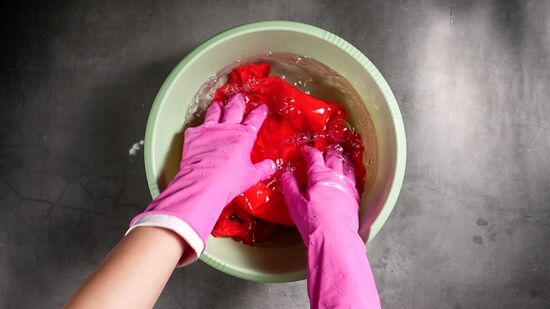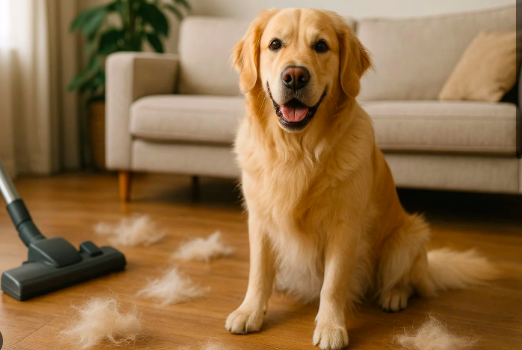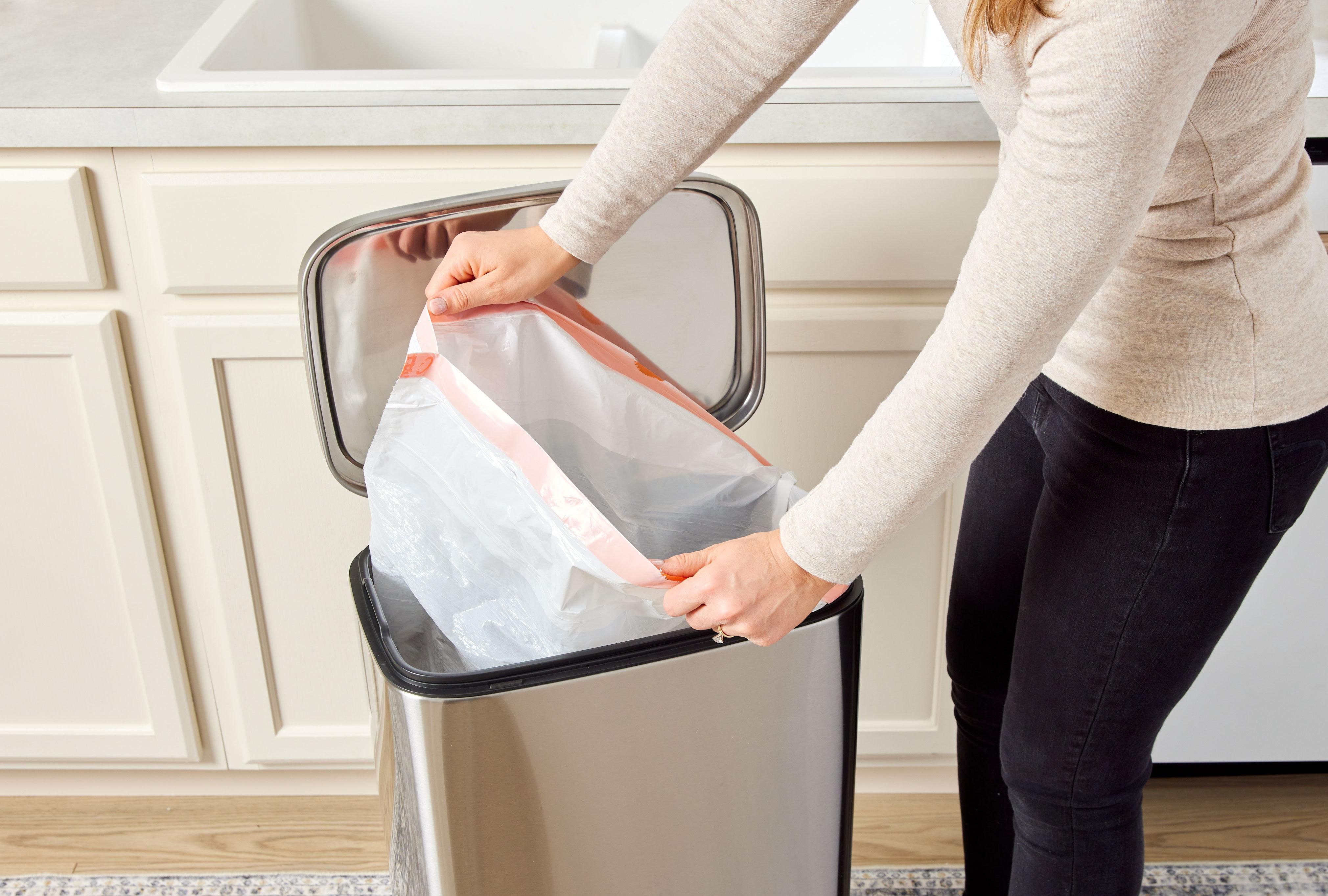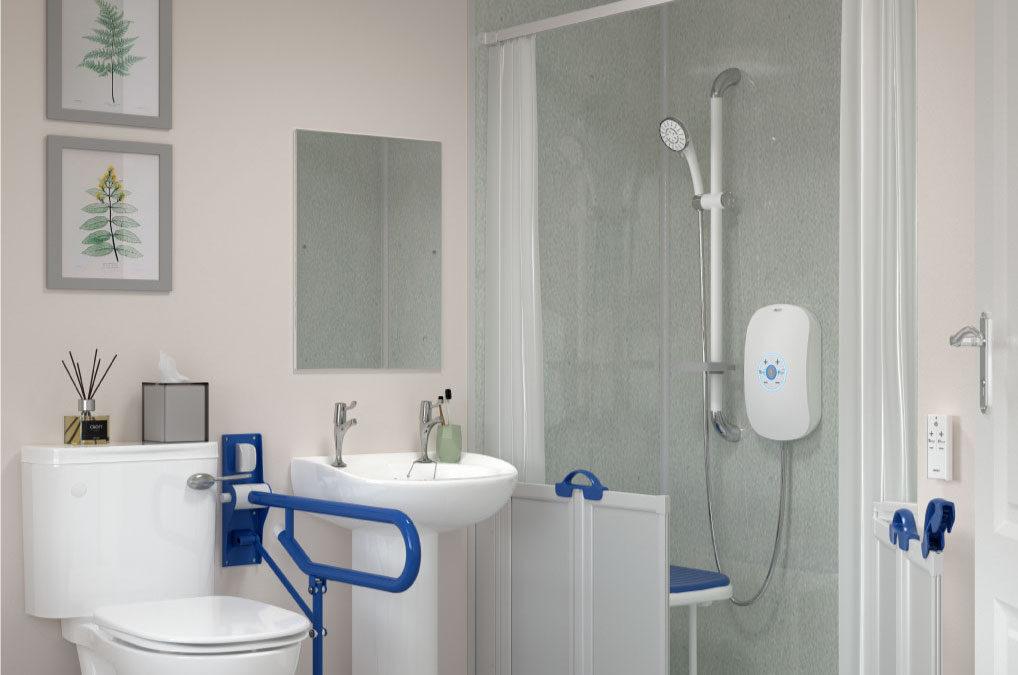Bleach is one of the most powerful and affordable cleaning agents used in households worldwide. It disinfects, whitens fabrics, and even helps strip and clean wood. However, bleach is also highly corrosive. If not properly neutralized, it can damage your skin, fabrics, carpets, and even metal surfaces like stainless steel.
To prevent this, you must learn how to neutralize bleach safely and correctly. The method you use depends on whether your bleach contains chlorine or not, since each type reacts differently to neutralizing agents.
This comprehensive guide explains how to neutralize bleach on fabric and wood, the right neutralizing agents to use, and step-by-step methods to ensure safety and effectiveness.
Understanding the Importance of Neutralizing Bleach
Bleach (especially chlorine bleach) contains sodium hypochlorite and sodium hydroxide (lye). These compounds are excellent disinfectants but can continue to react long after cleaning, leading to fabric weakening or surface corrosion. Neutralizing bleach stops these chemical reactions, protecting your materials and your health.
If left unneutralized:
-
Chlorine bleach can cause color fading or holes in fabric over time.
-
It can corrode wood, metal, or ceramic surfaces.
-
Fumes may irritate skin, eyes, and respiratory systems.
Neutralizing bleach ensures no active chemicals remain that could cause damage later.
Method 1: How to Neutralize Bleach on Fabric
When using bleach for cleaning or dyeing fabric, it’s essential to neutralize it afterward to prevent long-term damage.
Step 1: Choose the Right Neutralizing Agent
Different neutralizers work effectively for chlorine bleach. Below are the best options:
-
Bisulfite/Metabisulfite (Anti-Chlor)
-
Inexpensive and efficient.
-
Available at dye suppliers or as Camden Tablets in wine-brewing stores.
-
A small amount is enough to neutralize residual chlorine.
-
-
Thiosulfate (Bleach Stop)
-
Found in photography supply stores.
-
Slightly weaker, so you’ll need to use more.
-
Ideal for delicate fabrics.
-
-
Vitamin C (Ascorbic Acid)
-
Neutralizes both hypochlorite and lye.
-
Easy to find at pharmacies or supermarkets.
-
Crush inexpensive tablets into powder and dissolve in rinse water.
-
-
Hydrogen Peroxide (3% Solution)
-
Affordable and readily available.
-
Excellent for people sensitive to sulfur compounds.
-
Works as a mild neutralizer and deodorizer.
-
Step 2: Measure the Neutralizing Agent Properly
Accurate measurement ensures effective neutralization without overexposure.
-
Anti-Chlor: 1 teaspoon per 4 cups (950 mL) of water
-
Bleach Stop: 1 ounce (30 g) per 1 gallon (3.8 L) of water
-
Vitamin C: 4–6 crushed tablets in enough water to submerge the fabric
-
Hydrogen Peroxide: 1 part peroxide to 10 parts water
Step 3: Bleach Your Fabric
Follow the bleach manufacturer’s directions to achieve the desired effect or color shade. Do not let the fabric sit in bleach longer than necessary, as this increases the risk of damage.
Step 4: Rinse Thoroughly
Before applying the neutralizer, rinse the fabric with warm water to remove all bleach traces.
Prepare a rinse bucket or tub before bleaching to act quickly once your fabric reaches the desired color.
Step 5: Soak the Fabric in Neutralizer
Submerge your fabric completely in the neutralizing solution.
-
Let it soak for about 10 minutes.
-
Use a bucket, tub, or washing machine depending on the fabric size.
-
Remember: the amount of neutralizer depends on the bleach still active in the fabric, not the water volume.
Step 6: Wash and Rinse Again
After soaking, wash your fabric with laundry detergent and rinse thoroughly. This final step removes all neutralizing residues and leaves your fabric safe, clean, and bleach-free.
Method 2: How to Neutralize Bleach on Wood
Wood bleaching is common for stain removal or color lightening, but if the bleach isn’t neutralized, it can weaken or discolor the wood permanently.
Step 1: Identify the Type of Bleach Used
Different wood-bleaching agents require specific neutralizers:
-
Alkali Peroxide Bleach – Use white vinegar to neutralize.
(Vinegar is cheap, safe, and available in any grocery store.) -
Oxalic Acid Bleach – Neutralize with baking soda.
(This method is ideal for removing iron or dark water stains.) -
Chlorine Bleach – Neutralize simply by rinsing several times with distilled water.
Step 2: Bleach the Wood
Apply your chosen bleach according to the instructions. Allow it to sit long enough to remove stains or achieve a lighter tone. Avoid over-bleaching as this can make the surface brittle.
Step 3: Rinse Thoroughly
Rinse the wood several times with distilled water to remove bleach residue. For chlorine bleach, this alone may be enough.
Step 4: Mix the Neutralizing Solution
Prepare your neutralizer based on the bleach type:
-
For vinegar, mix 1 part vinegar to 1 part water.
-
For baking soda, dissolve 2 tablespoons (about 28 g) in 1 cup (240 mL) of hot water.
Step 5: Apply the Neutralizer
Using a sponge or soft rag, apply the solution to every area that came into contact with bleach. Let it dry completely before applying finishes, stains, or sealants. This ensures no chemical reaction remains that could affect the final look.
Safety Tips for Handling Bleach
-
Always wear gloves and eye protection when working with bleach or neutralizers.
-
Never mix bleach with ammonia, vinegar, or acids directly—it produces toxic gas.
-
Work in a well-ventilated area to avoid inhaling fumes.
-
Always test on a small area before applying bleach or neutralizer to large surfaces.
Conclusion
Learning how to neutralize bleach is essential for protecting your fabrics, wood, and health. Whether you’re using it for cleaning, disinfecting, or artistic effects, proper neutralization prevents long-term damage. Always match the right neutralizer to the type of bleach you use, rinse thoroughly, and handle all chemicals with care.



